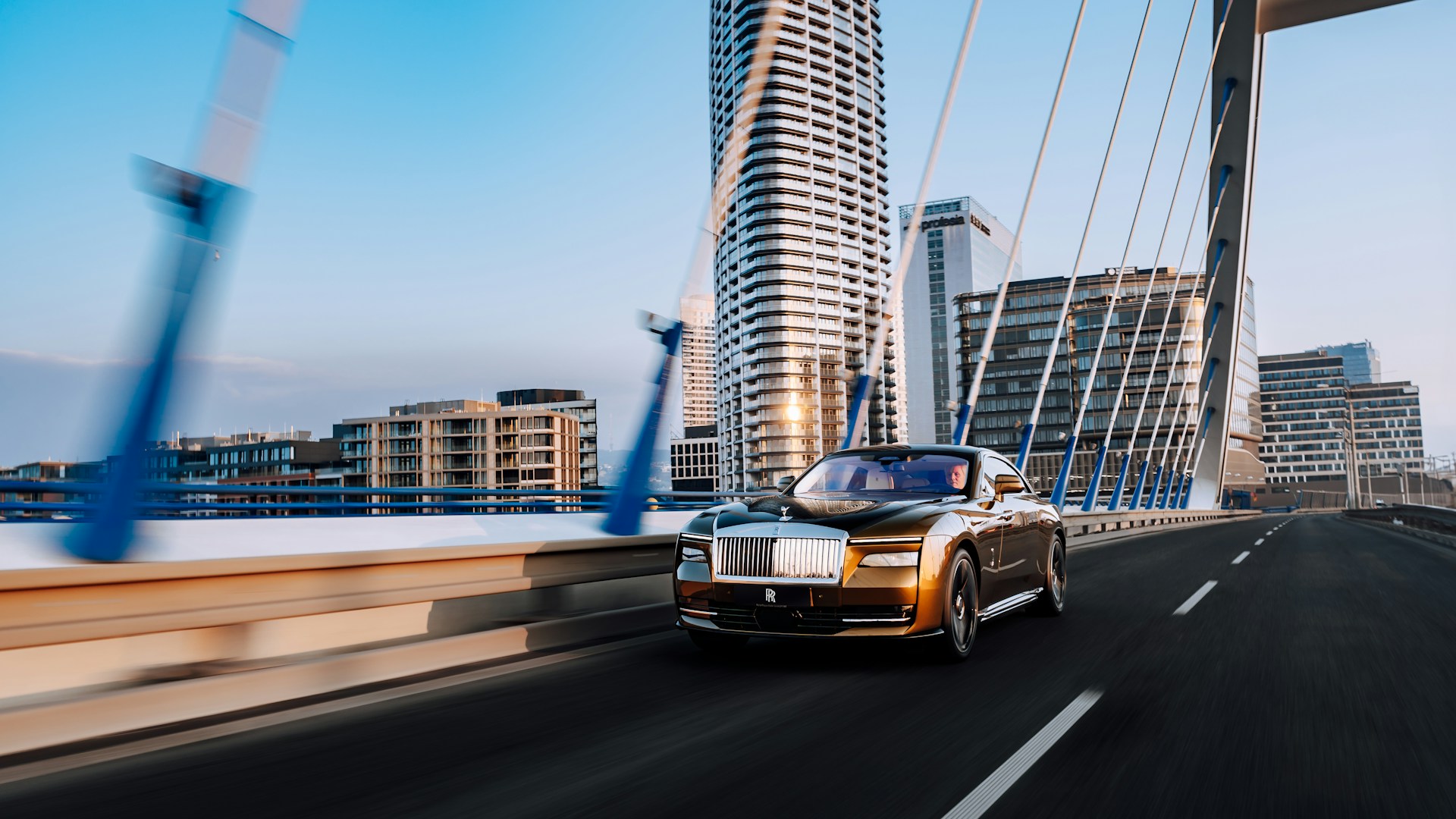"Steering into the Future: The Rise of 3D Printing in the Automotive Industry"
The hum of machines, the scent of hot, fresh plastic, and the sight of a car part taking shape right before your eyes. Welcome to the world of 3D printing in the automotive industry, a realm where the physical and digital collide, and innovation speeds ahead at breakneck pace.

Going Back to the Blueprint: A Brief History of 3D Printing in the Automotive Industry
3D printing, also known as additive manufacturing, has been around since the 1980s, but it wasn’t until the last decade that this technology found its footing in the automotive industry. The first successful use of 3D printing in car manufacturing was by Urbee, an American company, which produced a car body using 3D printing in 2010. This opened the floodgates for automakers, who saw the potential of this technology to revolutionize the industry.
The Current State of Play: How 3D Printing is Changing the Game
Today, 3D printing is no longer confined to prototyping. It’s being used to manufacture complex, robust parts that are both durable and lightweight. Companies like BMW and Ford are leveraging 3D printing to streamline production, reduce waste, and bring down costs. The technology also allows for a high degree of customization, enabling car owners to personalize their vehicles without the hefty price tag.
Impact, Benefits, and Challenges: Parsing the Potential of 3D Printing
The impact of 3D printing on the automotive industry is profound. It allows for rapid prototyping, reducing the time from concept to production. It also offers the ability to produce complex geometries that would be difficult, if not impossible, to create using traditional manufacturing methods.
However, there are challenges. The primary ones include the speed of printing, the cost of materials, and the limited range of materials that can be used. Despite these hurdles, the benefits of 3D printing — cost and time efficiency, waste reduction, customization, and innovation potential — outweigh the challenges.
Looking Down the Road: The Future of 3D Printing in the Automotive Industry
As 3D printing technology advances, its applications in the automotive industry will only increase. We can expect to see more car parts being manufactured using 3D printing, more customization options for consumers, and perhaps, in the not-too-distant future, fully 3D printed cars rolling off the production line.
The world of automotive manufacturing is on the cusp of a major transformation, and 3D printing is steering the industry towards a future defined by innovation, efficiency, and a deepened connection between man and machine.
Conclusion
From the first 3D printed car body to today’s complex, custom parts, 3D printing has come a long way in the automotive industry. As the technology advances, the possibilities seem endless. However, as we race towards this exciting future, it’s important to keep an eye on the rearview mirror, remembering the journey 3D printing has taken to get us to where we are today. It’s a journey that promises an even more thrilling ride ahead.




